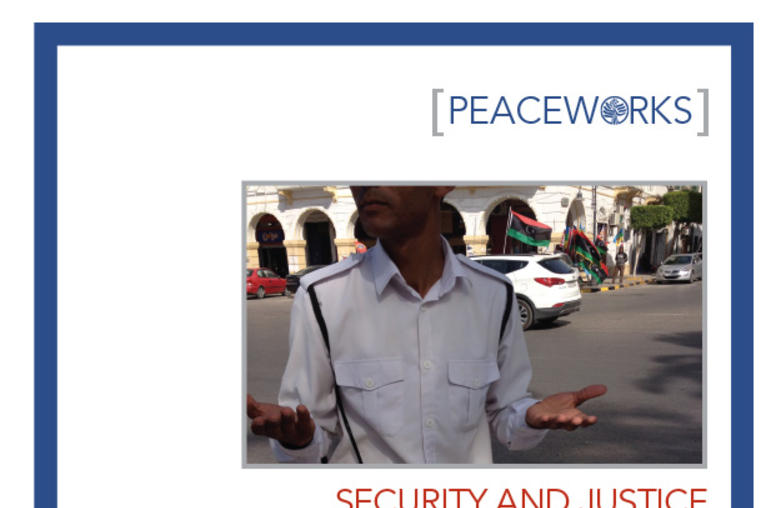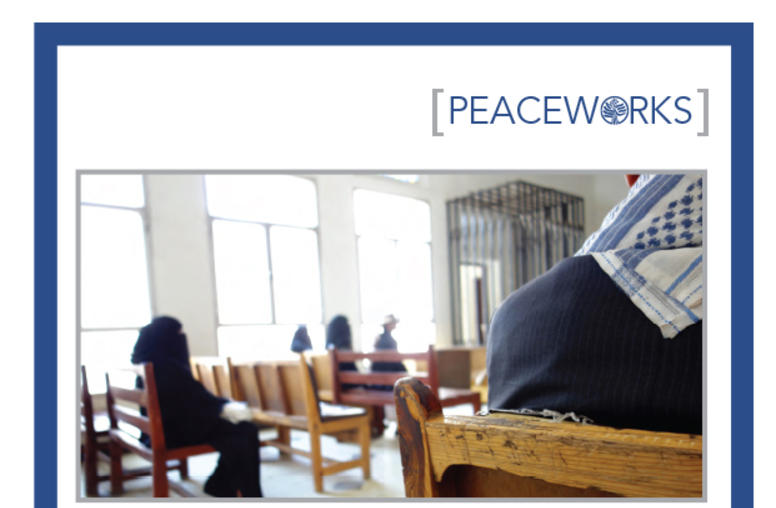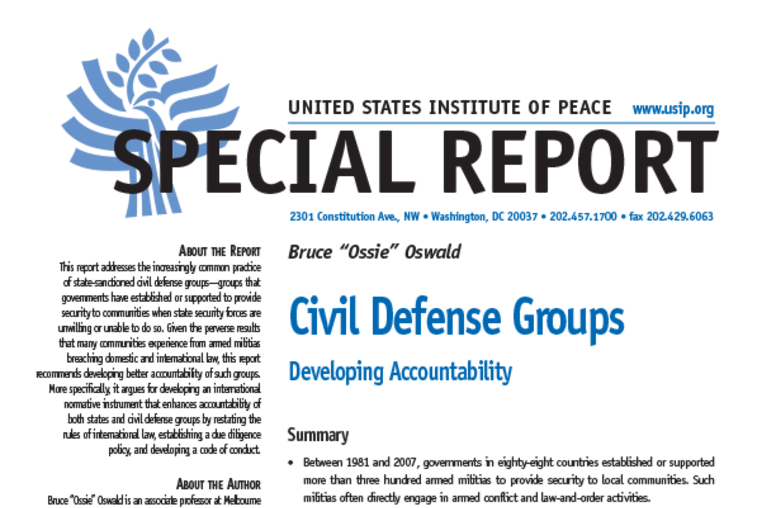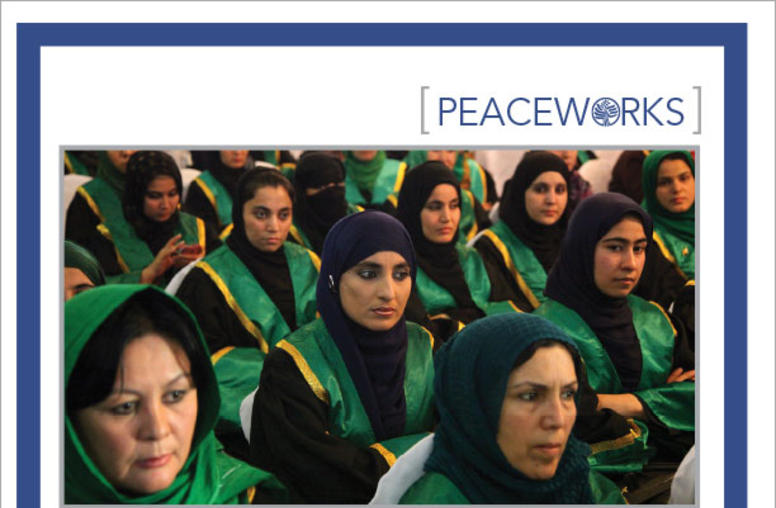The Urge to Remember: The Role of Memorials in Social Reconstruction and Transitional Justice
This report focuses on the often-ignored challenges faced by those seeking, through memorialization, to help repair societies that are emerging from violent conflict. The summary matrix at the end of this report provides recommendations to international actors interested in assisting in that process.
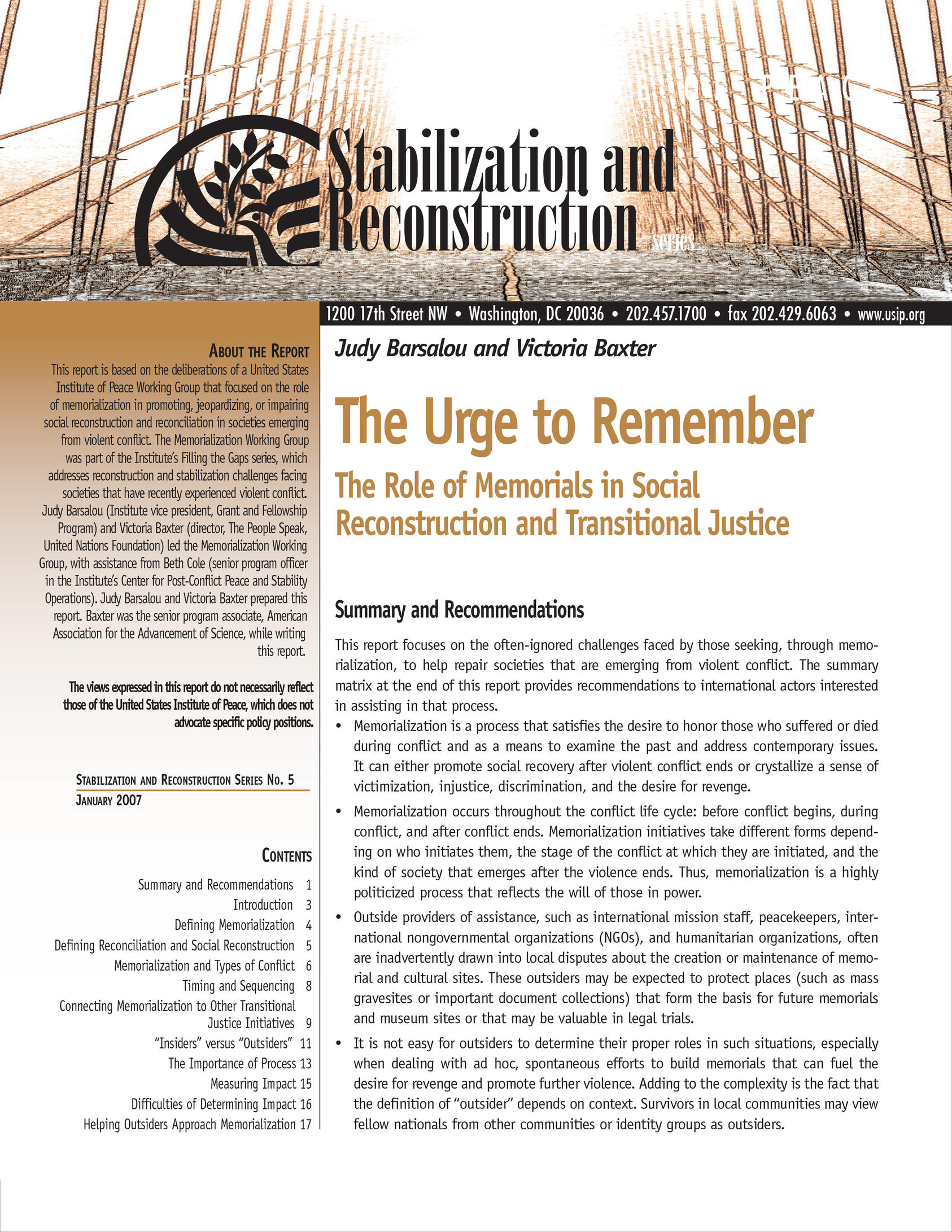
Summary
This report focuses on the often-ignored challenges faced by those seeking, through memorialization, to help repair societies that are emerging from violent conflict. The summary matrix at the end of this report provides recommendations to international actors interested in assisting in that process.
- Memorialization is a process that satisfies the desire to honor those who suffered or died during conflict and as a means to examine the past and address contemporary issues. It can either promote social recovery after violent conflict ends or crystallize a sense of victimization, injustice, discrimination, and the desire for revenge.
- Memorialization occurs throughout the conflict life cycle: before conflict begins, during conflict, and after conflict ends. Memorialization initiatives take different forms depending on who initiates them, the stage of the conflict at which they are initiated, and the kind of society that emerges after the violence ends. Thus, memorialization is a highly politicized process that reflects the will of those in power.
- Outside providers of assistance, such as international mission staff, peacekeepers, international nongovernmental organizations (NGOs), and humanitarian organizations, often are inadvertently drawn into local disputes about the creation or maintenance of memorial and cultural sites. These outsiders may be expected to protect places (such as mass gravesites or important document collections) that form the basis for future memorials and museum sites or that may be valuable in legal trials.
- It is not easy for outsiders to determine their proper roles in such situations, especially when dealing with ad hoc, spontaneous efforts to build memorials that can fuel the desire for revenge and promote further violence. Adding to the complexity is the fact that the definition of “outsider” depends on context. Survivors in local communities may view fellow nationals from other communities or identity groups as outsiders.
- Outsiders can play important roles in getting former enemies to work together on memorial initiatives that promote social reconstruction. Increasingly, outside experts on memorialization are called upon to consult on national memorial projects in societies emerging from conflict. But outsiders overstep their role if they seek to start or dominate memorial processes, for those processes must be initiated and controlled by local actors if they are to become truly meaningful to recovering societies.
- International actors, especially, need to be clear about the limits of their role. Memorialization is a process that locals must initiate, although outsiders may make important contributions through technical assistance, financial help, or facilitation in bringing contending parties together.
- Few international actors—international mission staff and peacekeepers, humanitarian aid workers, foreign NGOs, international organizations, and others—involved in postwar reconstruction are prepared to deal with memorialization. Their personnel need to learn about the importance of memorialization, for good or for ill, in societies emerging from conflict. International actors must recognize sites and other resources (such as document collections) of cultural, historical, or symbolic significance and clarify how they can protect these resources in an effort to promote social reconstruction. They also need to train their staff to be culturally aware of local practices and beliefs relating to conflict resolution, death, and burial.
- The process of determining what shape a memorial project should take and how memorial space should be used is essential—more important, ultimately, than the physical edifice itself. Moreover, the process remains essential even after a memorial is built. Memorial projects that encourage survivors to explore contested memories of the past, promote learning and critical thinking, and facilitate ongoing cultural exchange are more likely to advance social reconstruction. They are also more likely to retain meaning for rising generations than static memorials of long-past conflicts and heroes that fail to interpret their meaning in ways that have contemporary relevance.
- Memorialization is often not recognized as an important tool of transitional justice initiatives. National and international actors involved in transitional justice—especially in tribunals and truth commissions—have largely missed the opportunity to incorporate memorialization into their initiatives. The repeated failure to deal with memorials (whether ad hoc or sanctioned) and their potentially negative impact can imperil transitional justice efforts and peacebuilding.
- Successful memorialization draws upon specialists from many fields—transitional justice experts, historians, museum designers, public artists, trauma specialists, and human rights activists, among others—who traditionally have not worked together or are not viewed as having concerns in common.
- Tribunals and truth commissions share with memorial projects the fact that their work depends in part on collecting documents and other materials used to establish historical truths. Collecting, managing, and deriving value from these materials is especially challenging when the amount of documentary materials is overwhelming. Those involved in truth commissions and tribunals need to consider how their documentary collections can be made accessible to those involved in memorial projects. Truth commissions can make better use of their proceedings and final reports to prepare countries for tasks that logically follow—incorporating the truth commissions’ findings into educational programs and memorial projects designed to prevent future generations from forgetting the past and repeating its mistakes.
- In planning and budgeting for tribunals and truth commissions, national and international authorities need to consciously lay the groundwork for national memorialization projects designed to advance the goals of earlier transitional justice initiatives.
- Determining what contributions memorial initiatives make toward reconciliation or social reconstruction is difficult in part because of the complexity and contested meanings of those terms. Memorial initiatives describe evolving, long-term social, economic, cultural, and political processes that are difficult to measure. Assessing the impact of memorials and museums is possible, but doing so requires careful planning, investment of resources, and willingness to track changes over time. Understanding what effect a memorial project has on promoting social reconstruction also requires being clear up front about the goals the project is trying to achieve.
- Effective evaluation also requires assessments before, during, and after project implementation, as well as the understanding that future generations may form entirely different, unanticipated opinions of a memorial. Researchers seeking to link changes in attitude and behavior to a specific initiative may find it difficult to do so in relation to broader social and political change, but consider it worth trying nonetheless. More broadly, the impact of all transitional justice processes—memorialization among them—remains under-researched.
About the Report
This report is based on the deliberations of a United States Institute of Peace Working Group that focused on the role of memorialization in promoting, jeopardizing, or impairing social reconstruction and reconciliation in societies emerging from violent conflict. The Memorialization Working Group was part of the Institute’s Filling the Gaps series, which addresses reconstruction and stabilization challenges facing societies that have recently experienced violent conflict. Judy Barsalou (Institute vice president, Grant and Fellowship Program) and Victoria Baxter (director, The People Speak, United Nations Foundation) led the Memorialization Working Group, with assistance from Beth Cole (senior program officer in the Institute’s Center for Post-Conflict Peace and Stability Operations). Judy Barsalou and Victoria Baxter prepared this report. Baxter was the senior program associate, American Association for the Advancement of Science, while writing this report.
